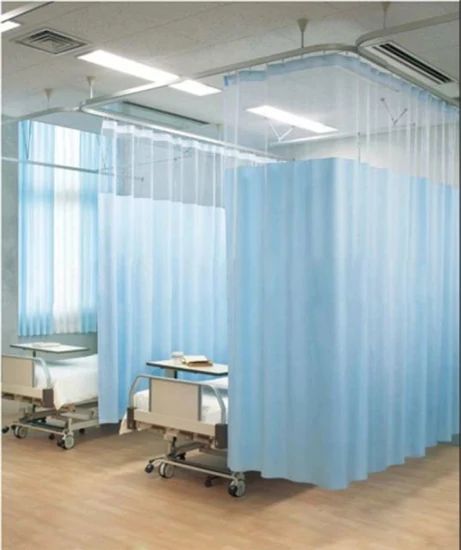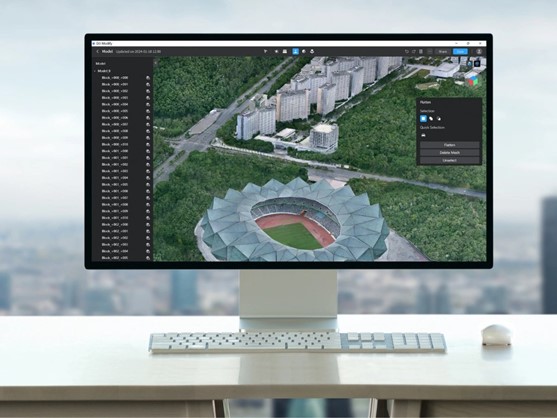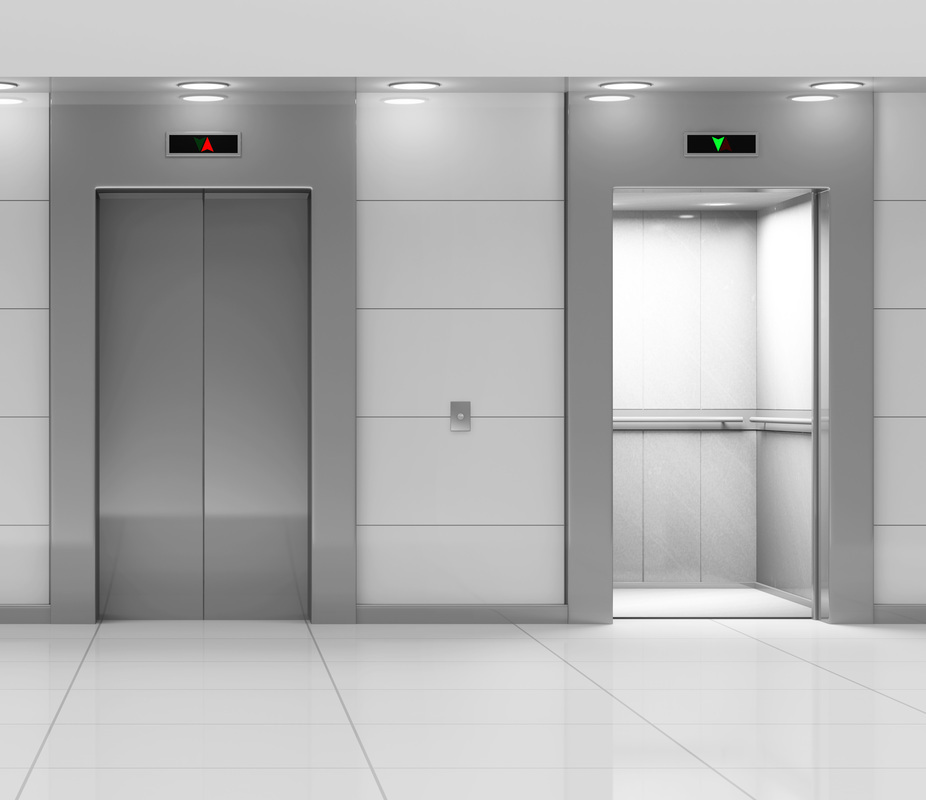In the healthcare sector, safety is paramount. It is not only essential to ensure the well-being of patients but also to create a secure environment for healthcare providers. As healthcare facilities strive to maintain high standards of safety and hygiene, it is crucial to consider all aspects, including the seemingly mundane yet critical components such as medical curtains. This blog post delves into the importance of safety in the healthcare sector, highlighting the significant role antibacterial and fire-retardant curtains play in ensuring a secure and hygienic hospital environment. We will explore the benefits of such specialized curtains and understand the role of Abdulrahman Al-Shareef Group in providing the curtains.
Understanding Fire-Retardant and Antibacterial Medical Curtains
Fire retardant medical curtains are specially designed curtains that can slow down or prevent the spread of fire in a medical environment. They are treated with chemicals that reduce their flammability, helping to ensure the safety of patients and healthcare providers in case of a fire emergency.
Antibacterial medical curtains, on the other hand, are treated with chemicals that inhibit the growth of bacteria, viruses, and other microorganisms. This helps to reduce the risk of healthcare-associated infections (HAIs) and creates a safer and more hygienic environment for patients and healthcare providers.
Both fire retardant and antibacterial treatments can be applied to medical curtains during the manufacturing process. The fire retardant treatment can be applied to the fabric itself, or it can be added to the coating or finish that is applied to the fabric. The antibacterial treatment is typically added to the coating or finish, and it can be formulated to target specific types of bacteria or microorganisms.
Benefits of Using Fire-Retardant and Antibacterial Medical Curtains in Hospitals
Incorporating fire-retardant and antibacterial medical curtains in hospitals offers a multitude of benefits that extend beyond mere aesthetics. One of the most compelling advantages is the substantial improvement in patient outcomes. By utilizing these specialized curtains, healthcare facilities can significantly reduce the risk of cross-contamination, thereby decreasing infection rates. This is particularly crucial in high-stakes environments such as intensive care units and surgical wards, where patients are more vulnerable to hospital-acquired infections.
Moreover, these medical textiles present cost-effective solutions for hospitals striving to enhance their operational efficiency. While the initial investment may be higher than standard curtain materials, the long-term savings associated with reduced infection control costs can far outweigh this expense. Hospitals will find that fewer complications lead to shorter patient stays and lower overall treatment costs.
Enhanced hygiene practices also play a pivotal role in providing quality care. The antibacterial properties of these curtains help inhibit bacterial growth on surfaces that are frequently touched or exposed to pathogens, ensuring a safer environment for both patients and healthcare workers alike.
Furthermore, compliance with health regulations becomes more manageable when utilizing materials designed explicitly for safety and cleanliness—an essential factor amid increasing scrutiny from regulatory bodies. Durability is another significant aspect to consider when opting for fire-retardant and antibacterial medical curtains. These textiles are engineered to withstand frequent washing while maintaining their protective qualities over time. This durability not only contributes to cost savings but also ensures consistent performance in safeguarding patient health.
The Role of Abdulrahman Al-Shareef Group in Supplying Medical Curtains
In Saudi Arabia, the demand for fire-retardant and antibacterial curtains is on the rise, particularly in critical sectors like healthcare. Abdulrahman Al-Shareef Group stands at the forefront of this essential market, providing top-quality solutions that prioritize safety and hygiene. With a strong presence in major cities such as Jeddah and Riyadh, Abdulrahman Al-Shareef Group is committed to enhancing the standards of patient care through innovative textile solutions.
Hospitals are environments where safety is paramount, and the use of fire-retardant curtains can significantly reduce risks associated with fire hazards. Additionally, antibacterial properties are crucial in preventing infections in healthcare settings. By choosing Abdulrahman Al-Shareef Group’s products, healthcare facilities not only comply with safety regulations but also create a healthier environment for patients and staff alike.
Investing in high-quality fire-retardant and antibacterial curtains from Abdulrahman Al-Shareef Group means prioritizing safety without compromising on aesthetics or functionality. As we continue to navigate challenges within the healthcare sector, partnering with a trusted supplier like Abdulrahman Al-Shareef Group ensures that hospitals across Saudi Arabia can maintain their commitment to excellence in patient care.
Conclusion:
In an environment where the health and well-being of individuals are paramount, choosing curtains that offer these vital properties reflects a commitment to excellence in patient care. By integrating fire-retardant materials, you mitigate the chance of devastating fire incidents, while antibacterials actively combat the proliferation of harmful pathogens. This dual investment not only fosters a safer environment but also instills confidence among patients and their families, knowing they are receiving care in a space designed with their utmost safety in mind. Ultimately, prioritizing such enhancements demonstrates forward-thinking leadership within your organization—an essential aspect for any facility aiming for exceptional standards in healthcare delivery.
Furthermore, by partnering with Abdulrahman Al-Shareef Group, healthcare facilities can help to reduce the risk of fires and infections, and promote better outcomes for patients.





























